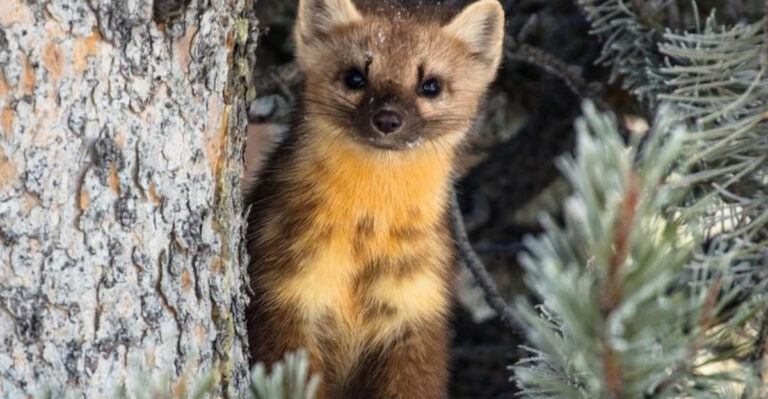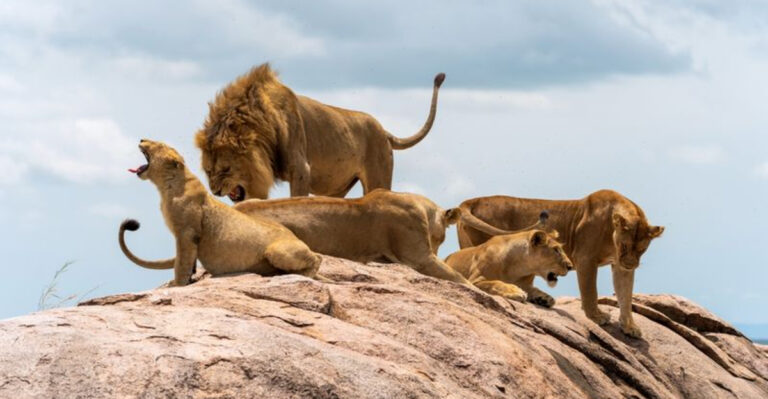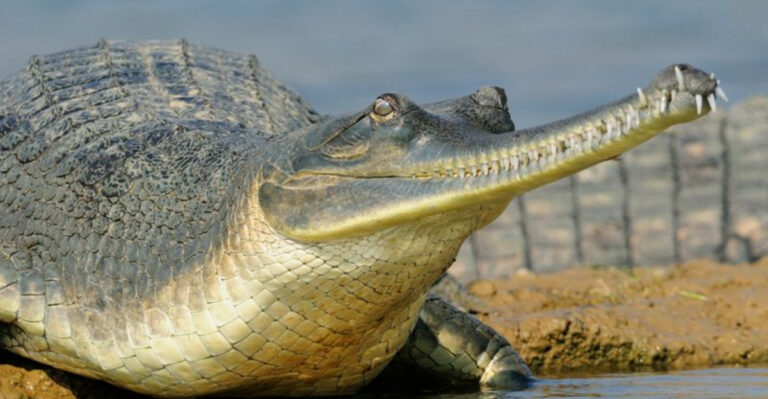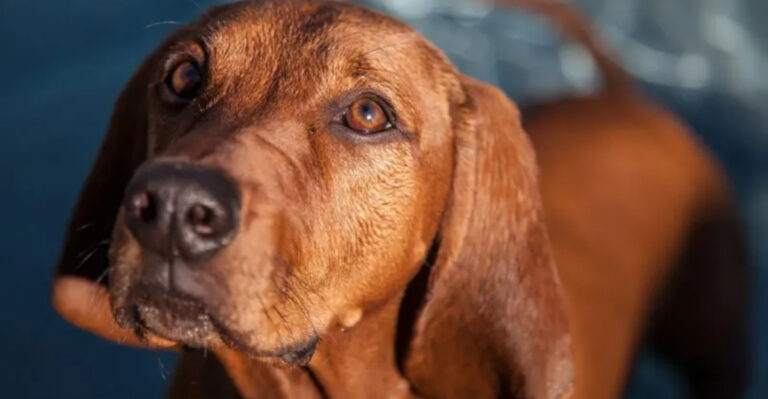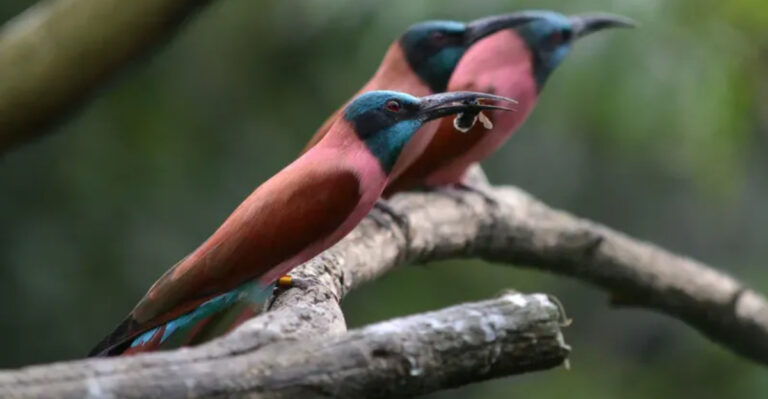Meet The 20 Enormous Dinosaurs That Roamed America
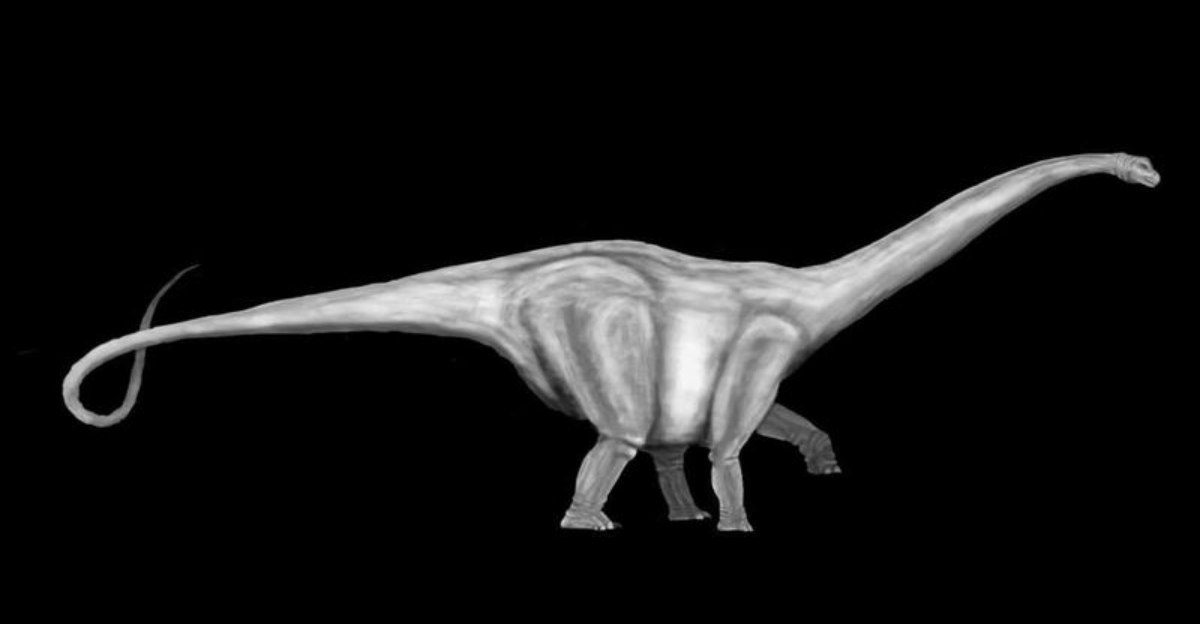
Long before humans walked the Earth, massive dinosaurs thundered across the landscape we now call America.
These prehistoric giants left behind fascinating fossils that tell incredible stories about our continent’s distant past. From towering predators to armored plant-eaters, America’s dinosaur history is filled with some of the most spectacular creatures that ever lived.
1. Tyrannosaurus Rex
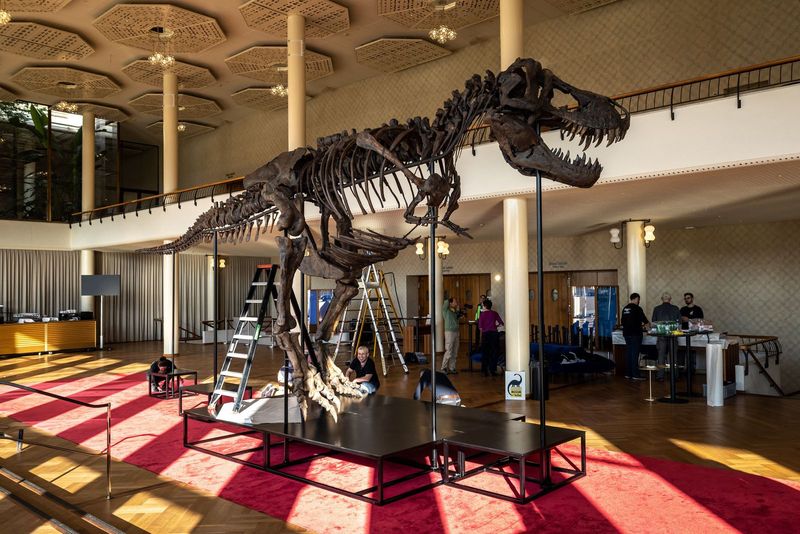
Weighing as much as an elephant but far more terrifying, T. Rex dominated the American West about 68 million years ago. Its massive skull and bone-crushing teeth could generate a bite force of 12,800 pounds!
Scientists have found T. Rex fossils primarily in Montana, Wyoming, and the Dakotas. Despite its fearsome reputation, some evidence suggests this predator might have been an opportunistic scavenger too.
2. Triceratops
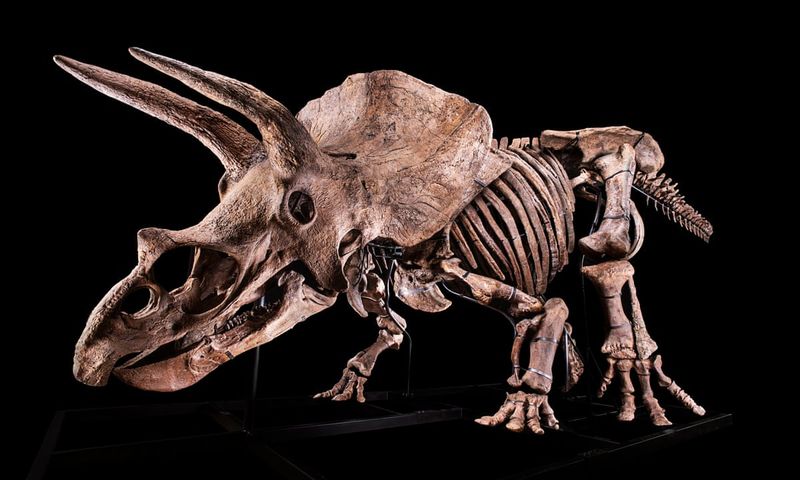
Sporting three distinctive horns and a massive bony frill, Triceratops was like a prehistoric rhinoceros on steroids. Those impressive horns weren’t just for show – they provided serious protection against predators like T. Rex.
Fossil records show these plant-munchers traveled in herds across western North America. A full-grown Triceratops could reach 30 feet in length and weigh up to 12 tons!
3. Brachiosaurus
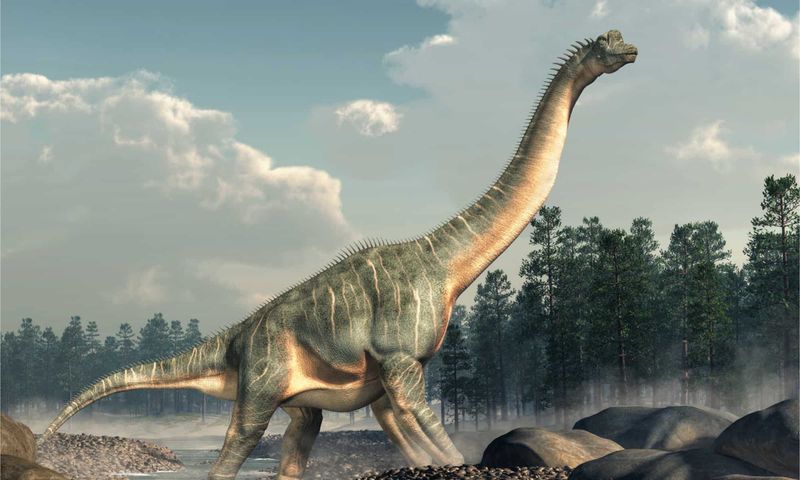
Imagine a creature so tall it could peek into a fifth-story window! Brachiosaurus towered 40-50 feet high with its giraffe-like neck stretching toward the treetops. Its front legs grew longer than its back legs, giving it a unique upward-sloping profile.
Discovered in Colorado’s Morrison Formation, this gentle giant used its height advantage to munch on leaves other dinosaurs couldn’t reach. A single Brachiosaurus could weigh up to 80 tons!
4. Stegosaurus
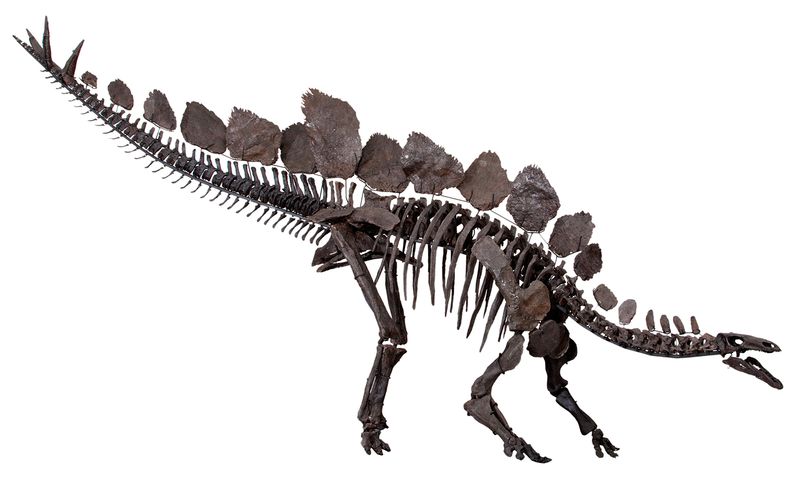
Famous for the row of diamond-shaped plates along its back, Stegosaurus remains one of paleontology’s most recognizable mysteries. Scientists still debate whether those plates were for temperature regulation, display, or defense.
Armed with a spiked tail nicknamed the “thagomizer,” this Colorado native could deliver devastating blows to attackers. Despite its intimidating appearance, Stegosaurus had a brain roughly the size of a walnut!
5. Allosaurus
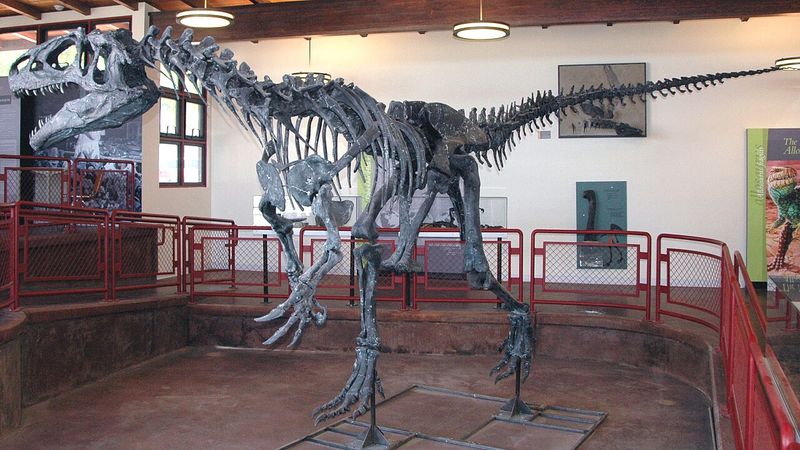
Before T. Rex ruled, Allosaurus was America’s premier predator. Unlike the bone-crushing T. Rex, this hunter used its teeth like daggers, slashing at prey with devastating precision.
Cleveland-Lloyd Dinosaur Quarry in Utah has yielded dozens of Allosaurus specimens. Why so many gathered there remains mysterious. With serrated teeth and curved claws, this 30-foot carnivore was essentially a prehistoric Swiss Army knife.
6. Ankylosaurus

Covered head-to-tail in bony armor with a club-like tail that could shatter bones, Ankylosaurus was nature’s perfect tank. Its low-slung body was protected by plates fused directly to its skeleton, creating an almost impenetrable defense.
Roaming western North America during the late Cretaceous, this herbivore needed its extreme protection against the era’s fearsome predators. Even its eyelids were armored with bony plates!
7. Diplodocus
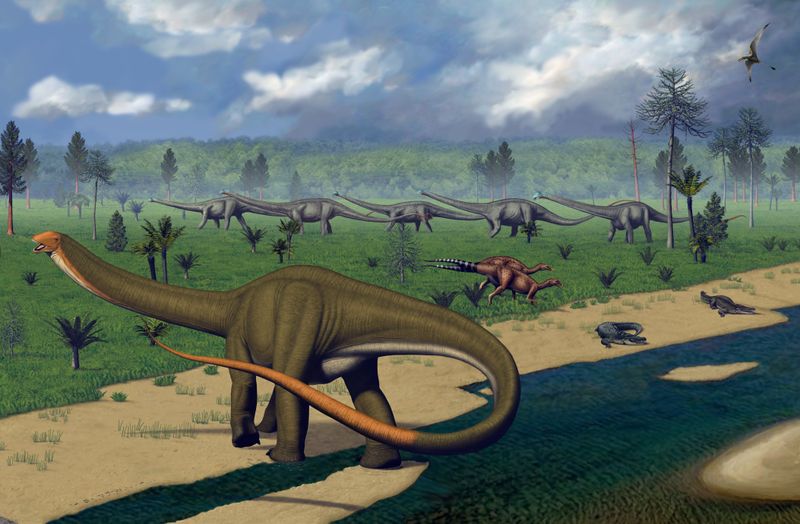
Stretching over 100 feet from nose to tail, Diplodocus could have spanned the length of a basketball court. Its whip-like tail might have created sonic booms when cracked for communication or defense!
Excavated throughout the American West, this sauropod’s incredible length made it one of the longest creatures ever to walk on land. Despite its massive size, Diplodocus had a relatively small head with peg-like teeth perfect for stripping leaves.
8. Parasaurolophus
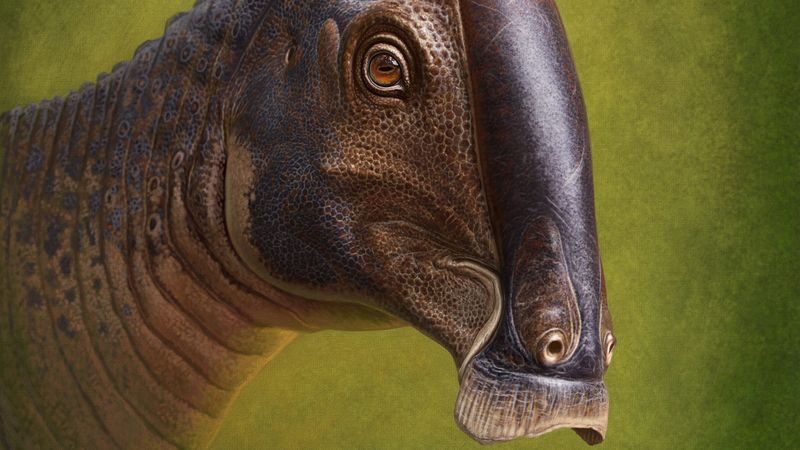
Sporting a backward-sweeping hollow crest that extended up to six feet behind its head, Parasaurolophus wasn’t just showing off. That bizarre headgear likely functioned as a resonating chamber for creating loud, distinctive calls.
Found in New Mexico and Utah, this duck-billed dinosaur could walk on either two legs or four. Scientists believe its calls could travel for miles, allowing herds to communicate across the ancient American landscape.
9. Apatosaurus

Once known as Brontosaurus, this massive sauropod shook the ground with each step. Its name means “deceptive lizard” because its remains were initially confused with those of other dinosaurs.
Weighing up to 25 tons, Apatosaurus had a heart estimated to be the size of a small car! Fossils discovered throughout Colorado and Wyoming show this gentle giant lived in herds, possibly for protection against predators like Allosaurus.
10. Alamosaurus
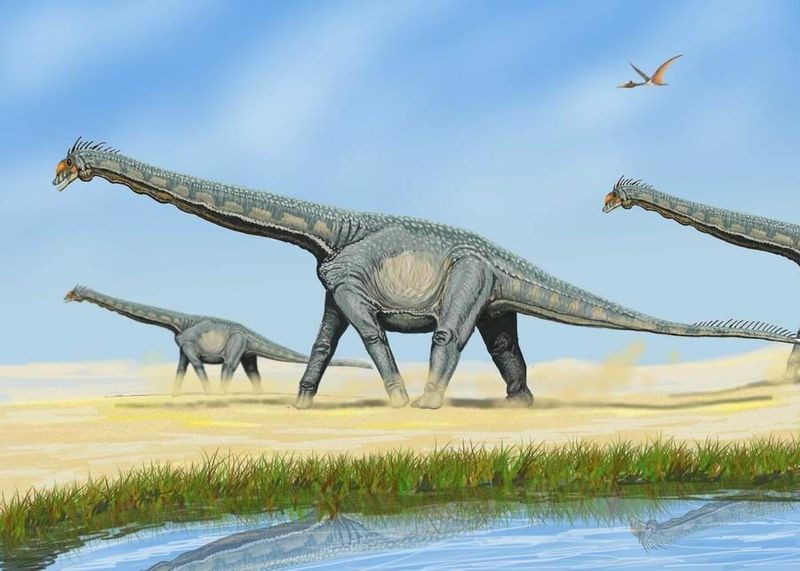
Among the last dinosaurs to roam America before the mass extinction, Alamosaurus was a late Cretaceous giant that thundered across New Mexico and Texas. Reaching lengths of 70 feet, this titanosaur left behind fossils that reveal its impressive scale.
Unlike earlier sauropods, Alamosaurus had a more vertical neck posture. Its fossilized skin impressions show a pebbly texture with no evidence of feathers or fur, contradicting some modern dinosaur depictions.
11. Ceratosaurus
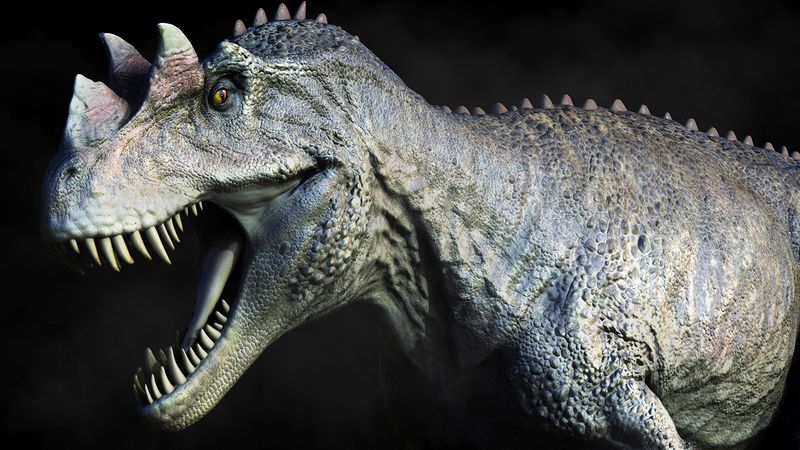
Flaunting a distinctive horn on its snout and smaller horns over each eye, Ceratosaurus looked like something from a fantasy novel. These horns weren’t weapons but likely served as display features to attract mates or intimidate rivals.
Fossils from Colorado and Utah reveal a medium-sized predator with unusually flexible jaws. Unlike many carnivores, Ceratosaurus had four fingers on each hand instead of three, possibly giving it an advantage when grasping prey.
12. Edmontosaurus
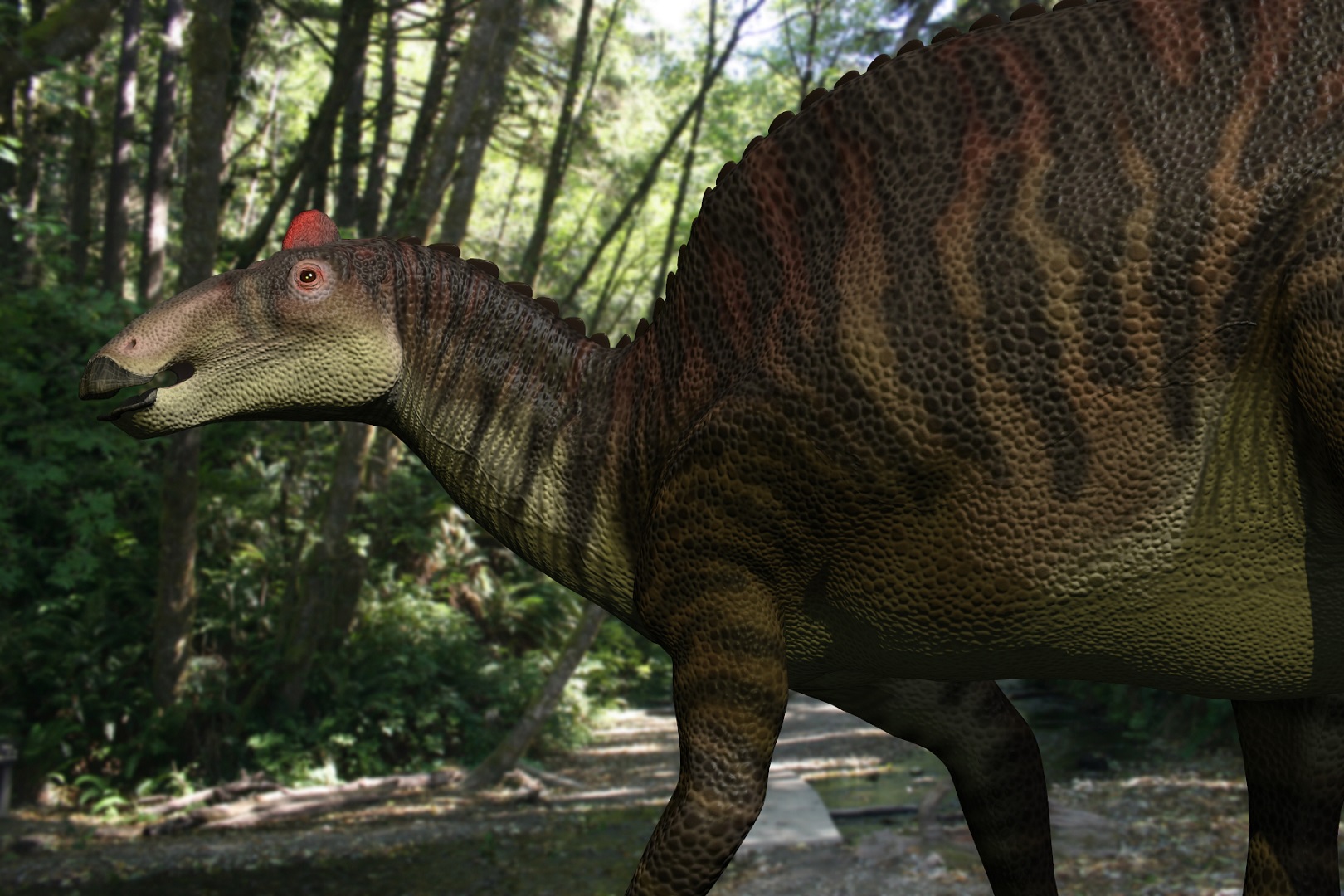
Hardy and adaptable, Edmontosaurus thrived across North America right up until the asteroid impact that ended the dinosaur era. Fossil evidence shows these duck-billed plant-eaters traveled in enormous herds, possibly numbering in the thousands!
A remarkable mummified specimen discovered in Wyoming preserved actual skin impressions. The find revealed these dinosaurs had pebbly skin with different patterns and possibly even stripes for camouflage or social signaling.
13. Deinonychus

Armed with a sickle-shaped killing claw on each foot, Deinonychus revolutionized our understanding of dinosaurs. This wolf-sized predator inspired the velociraptors in Jurassic Park (though the movie versions were much larger than the real thing).
Fossil evidence from Montana suggests these agile hunters worked in packs to bring down larger prey. With a brain size proportionally large for a dinosaur, Deinonychus was likely among the smartest predators of its time.
14. Quetzalcoatlus
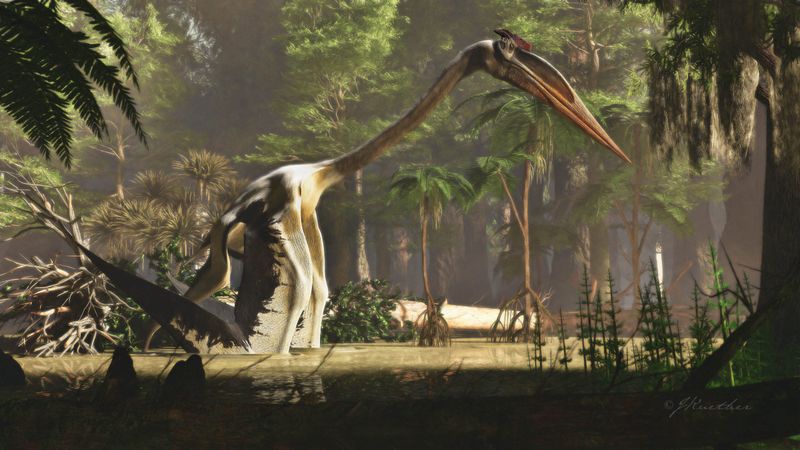
While technically a flying reptile rather than a dinosaur, Quetzalcoatlus deserves mention as the largest flying creature ever discovered in North America. With a wingspan rivaling a small airplane (up to 40 feet), this Texas native could look a giraffe in the eye when standing!
Despite its massive size, Quetzalcoatlus had hollow bones that made flight possible. Paleontologists believe it hunted like a modern stork, stalking prey on foot before snatching them with its beak.
15. Pachycephalosaurus
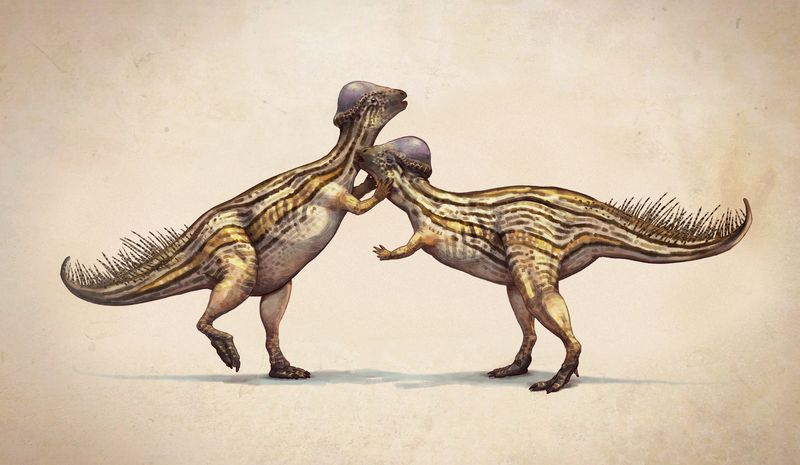
Sporting a dome-shaped skull up to 10 inches thick, Pachycephalosaurus takes the prize for the thickest skull of any vertebrate ever. Males likely used these reinforced heads in head-butting contests similar to modern bighorn sheep.
Found primarily in Montana and South Dakota, this bipedal plant-eater had small, triangular teeth perfect for munching tough vegetation. Recent studies suggest their skulls may have been better adapted for sideways strikes than direct head-to-head collisions.
16. Maiasaura

Revolutionary discoveries in Montana revealed Maiasaura as one of the first dinosaurs with clear evidence of parental care. Nesting grounds with thousands of eggs showed these duck-billed dinosaurs returned to the same nesting colonies year after year.
Baby Maiasaura had worn teeth suggesting parents brought food to the nest! This 30-foot herbivore lived in huge herds across western North America, with migration patterns possibly following seasonal plant growth.
17. Acrocanthosaurus
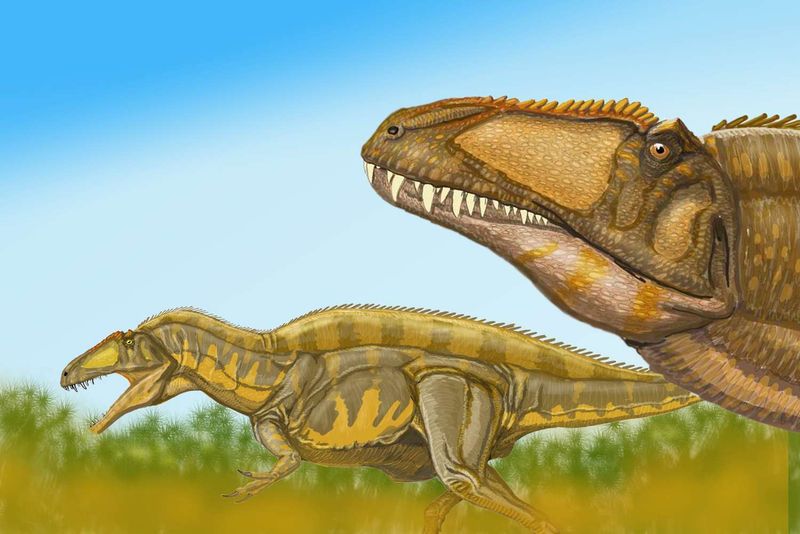
Characterized by tall neural spines that created a ridge along its back, Acrocanthosaurus was the T. Rex of its time – 50 million years earlier! These spines could reach 17 inches high, possibly supporting a sail-like structure or muscular hump.
Trackways discovered in Texas show these 38-foot predators may have hunted massive sauropods. With powerful arms larger than T. Rex’s, Acrocanthosaurus could likely grapple with prey before delivering a killing bite with its serrated teeth.
18. Pentaceratops
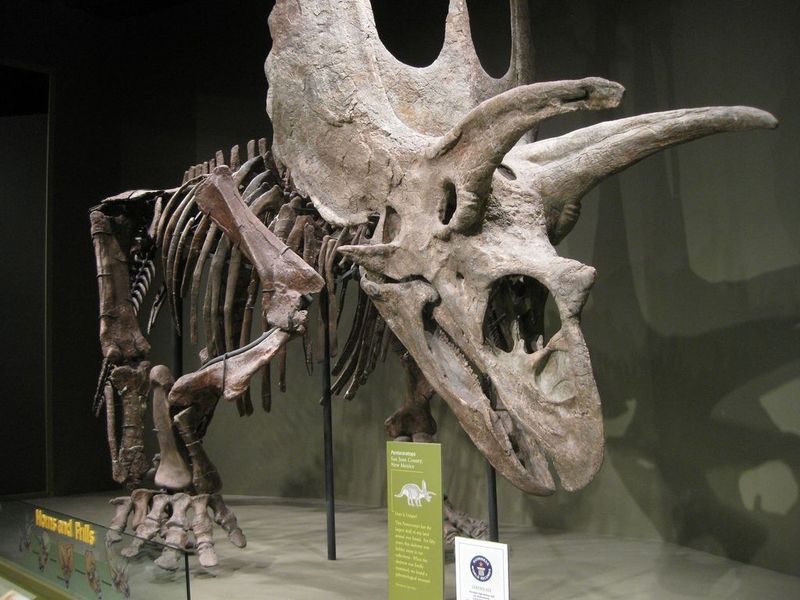
Outshining its cousin Triceratops in headgear, Pentaceratops boasted five horns and the largest skull of any land animal ever discovered. A full-grown skull could reach over 10 feet in length – longer than many cars!
Roaming New Mexico during the late Cretaceous, this plant-eater used its massive frill not just for defense but possibly for temperature regulation and mating displays. Despite its fearsome appearance, it munched peacefully on tough prehistoric plants with its parrot-like beak.
19. Supersaurus
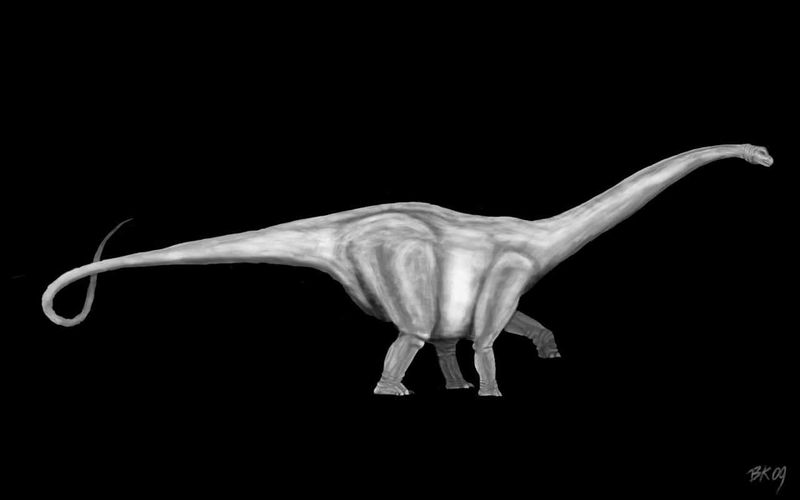
Among the longest dinosaurs ever discovered, Supersaurus stretched an astonishing 105-130 feet from nose to tail. A single neck vertebra from this behemoth measured over four feet long!
First discovered in Colorado in the 1970s, this massive sauropod required a heart with tremendous power to pump blood all the way up its long neck. Scientists estimate a full-grown Supersaurus could weigh up to 40 tons – equivalent to about seven adult elephants.
20. Torosaurus

Often confused with Triceratops but sporting an even larger frill with distinctive holes, Torosaurus had the largest skull of any known land animal. Some specimens measured over 8 feet long – bigger than a king-sized bed!
Found across the American West, recent research suggests Torosaurus might actually represent older Triceratops individuals whose frills continued growing and changing shape with age. This controversial theory continues to spark debate among paleontologists today.

